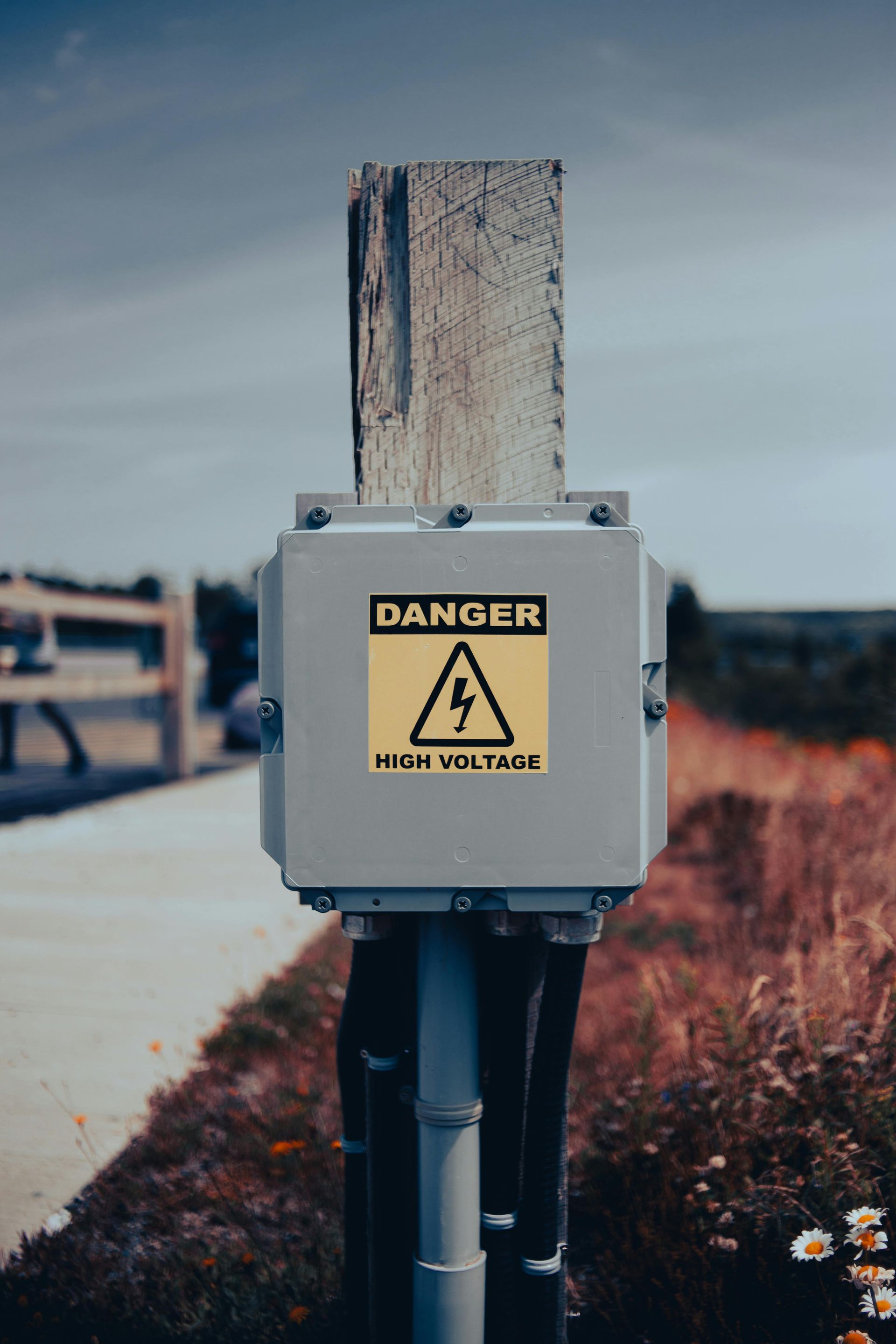How Artificial Intelligence Enhances Transportation Management System Design
Customers demand their items right away. When a larger organization decides to buy an item, they want to start enjoying its anticipated benefits as soon as feasible. By developing transportation management systems (TMS), software companies have reduced consumers' expectations regarding product lead times.
By simulating shipping routes to reduce the amount of time it takes for the goods to reach their destination, these systems help businesses with logistics planning. Furthermore, TMS software guarantees that shipping paths and carriers cross and interfere with each other as little as possible, with over 21 billion packages carried annually in the US alone.
To optimize freight logistics, attain maximum cost savings, expedite delivery, and encourage environmentally friendly practices that lower freight's carbon footprint, this blog examines how AI can improve TMS.
An overview of the systems for transport management
Three main features of TMS systems aid in their ability to simplify and increase efficiency:
· Planning and mapping for transportation
· Logistics oversight
· Dashboard for analytics reporting and forecasting
To optimize costs based on the transit route, the TMS software checks shipment rates for different carriers. To maximize the number of commodities per shipment package, this phase considers variables including container size, loading geometry, and the mode of freight transport—road, rail, ocean, or air.
For example, the term "containerization" describes how products are stacked and oriented inside a shipping container. Orienting the packages to create an extra row inside the container can result in significant cost savings for high-volume commodities. Furthermore, the time it takes to receive goods over the ocean may more than cancel out the time savings offered by (expensive) air freight, provided the commercialization timeline allows for the substitution of ocean freight for air, for example.
Processes including bidding freight, carrying out the contract, managing quotes, billing, and dispute resolution with the many transportation carriers are all covered by the freight management function.
A dashboard for gathering data and projecting freight demand makes up the third component. When circumstances change, the TMS software dynamically adjusts transportation based on profitability analysis. It is easier to identify problems as they arise when there is a system that is visible at every stage of the logistics process.
TMS System Advantages
The ability to gather information that optimises the previously mentioned functions is the main advantage of TMSs. Logistics planners can take into account modifications to carrier strategy, price structure, or mode of transportation by gathering data at each stage of the process. Furthermore, data
regarding product breakage by carrier or mode of transportation can be gathered by logistics planners, who can then account for this inefficiency in transportation economics. TMS is perfect for AI since it can enhance transportation through data-driven optimization.
How Transportation Management Is Improved by AI
The efficiency increases mentioned above resulted from the digitization of logistics and transportation. The first step in tightening up the processes of the logistics process was gathering this data and monitoring trends, as you can't remedy an issue you don't know exists. Among the numerous enhancements that AI-driven TMS may provide, three applications stand out.
Optimal Routes for Transportation
AI enables TMS to process the growing volume of data and use it to guide the logistics operation in real time towards continual improvement. Rather than making broad assumptions about when to ship products by air or sea, TMS can gather data to predict the movement of items in both directions and suggest an energy- and cost-efficient route.
Truck routing may be continuously optimized throughout the day by integrating AI with traffic data. Because there is more traffic during rush hour in larger cities, the software can gradually identify traffic bottlenecks and suggest optimized routes to avoid them. Moreover, by monitoring accidents, inclement weather, and other unforeseen occurrences that interrupt regular routes, AI-driven TMS can prevent expensive delays.
Forecasting Proficiency
After the cargo arrives, smart TMS software can gather any customer service complaints and breakage data input by the purchasing company. When defining a route, the system can use the product quality loss comparison with different route recommendations in its predictive modelling.
Furthermore, by equipping cars with smart sensors, the TMS software may gather information that anticipates future maintenance requirements for transport vehicles before they arise. These intelligent sensors could be vibration sensors that track vibrations in the engine or gearbox, or emissions sensors that track emissions from the engine. By using the data from these sensors, downtime, catastrophic costs, and safety hazards associated with major vehicle failure in the field are further reduced.
Better Carbon Footprint and Cost
The combined effect of cutting expenses and the carbon footprint is a third advantage of using AI in TMS. Delivery economics are improved, and transit durations are shortened through route optimization. Reducing the amount of time empty containers take to return is another advantage of optimizing transport routes. Transporting empty containers is an inefficient procedure, but return travel is a necessary inefficiency that collects the trucks and containers.
To cut down on return times, AI-driven TMS software can optimize the routing of empty containers to nearby drop-off or pickup locations. Businesses benefit from significant fuel cost savings as well as longer vehicle life due to less travel, which lowers expenses and lowers carbon emissions.
Conclusion
The need for quick product delivery from consumers has made transportation management systems essential tools for logistics. To maximize operations, these solutions simplify freight management, data analytics, and transportation planning.
These days, intelligent TMS software features produce even more data, which makes it perfect for applying AI and machine learning's (ML) evolving capabilities. ML will continue to improve activities and processes in the future, while AI will offer the best human response to respond quickly to a negative signal in the data. The supply chain's consumer cost, lifecycle climate performance, and logistical efficiency are all enhanced by ML and AI.








